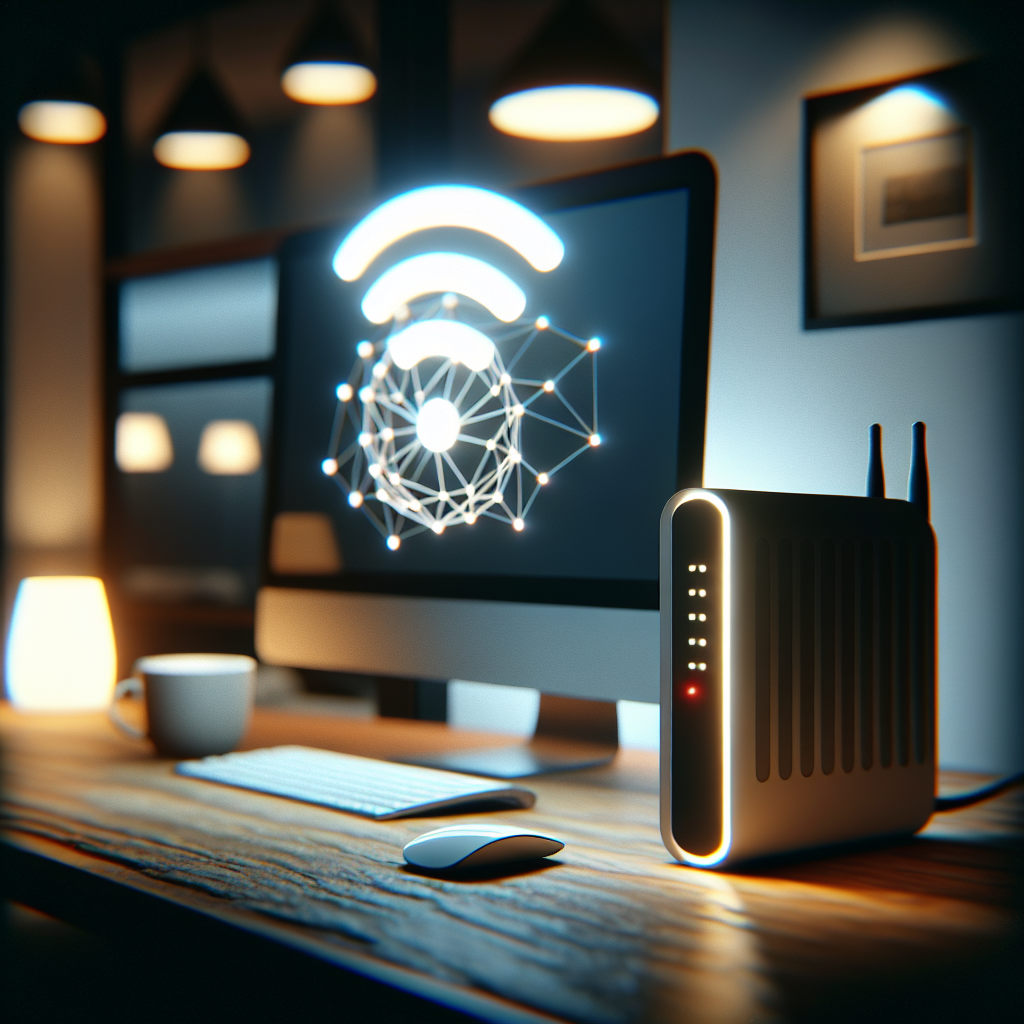It’s frustrating when your computer keeps disconnecting from Wi-Fi in the middle of a critical task or streaming your favorite show. This persistent issue can stem from several different causes, ranging from hardware problems to software conflicts. Understanding these reasons and knowing how to address them can help maintain a stable internet connection.
Common Reasons for Wi-Fi Disconnectivity
Multiple factors could be causing your computer to disconnect from Wi-Fi repeatedly. The table below summarizes some of the most common reasons:
| Reason | Description |
|---|---|
| Weak Signal Strength | The Wi-Fi signal isn’t strong enough to maintain a stable connection. |
| Router Settings | Incorrect router settings can cause frequent disconnections. |
| Interference | Other electronic devices or networks causing interference. |
| Outdated Drivers | Old or incompatible network drivers leading to connectivity issues. |
| Power Management Settings | Power-saving settings may disable Wi-Fi adapters to conserve energy. |
| Malware | Infections can disrupt Wi-Fi connectivity. |
| Network Congestion | Too many devices connected to the same network causing overload. |
Diagnosing the Problem
Pinpointing the exact cause of your Wi-Fi disconnections involves a step-by-step diagnostic process. Here are some steps to help identify and troubleshoot the issue:
Check Signal Strength
Location Matters: The strength of your Wi-Fi signal can greatly impact your connectivity. Ensure that your router is within a reasonable distance of your computer and that there are no obstructions such as walls or electronic devices that could interfere with the signal.
Evaluate Router Settings
Firmware Updates: Ensure that your router’s firmware is up-to-date. Manufacturers frequently release updates to fix bugs and improve performance.
Address Interference
Reduce Electronic Clutter: Other devices like microwaves, cordless phones, and Bluetooth gadgets can often interfere with Wi-Fi signals. Try relocating these devices or using a different Wi-Fi channel.
Update Network Drivers
Keep Drivers Current: Outdated or corrupted network drivers can be a major source of connectivity issues. Visit the manufacturer’s website to download and install the latest drivers for your network adapter.
Adjust Power Management Settings
Maximize Performance: Sometimes, your computer’s power management settings might be configured to turn off network adapters to save power. Ensure that your Wi-Fi adapter is set to ‘Maximum Performance’ in the Power Options settings.
Scan for Malware
Use Antivirus Software: Regularly scanning your computer for malware using reputable antivirus software can prevent intrusions that may be disrupting your Wi-Fi connection.
Reduce Network Congestion
Limit Connections: If multiple devices are connected to a single network, it may become congested, causing disconnections. Disconnect devices that are not in use or upgrade to a router that can handle higher bandwidth.
Fixing Wi-Fi Disconnectivity Issues
Once you have identified the potential reason for the disconnection, you can apply specific solutions. Below are detailed fixes for the common issues:
Boost Signal Strength
- Reposition Router: Place your router in a central, elevated location free from obstructions.
- Use Wi-Fi Extenders: Wi-Fi range extenders can help amplify the signal strength in larger spaces.
- Upgrade Antenna: Some routers allow for a more powerful external antenna to be installed for better coverage.
Optimize Router Settings
- Frequency Bands: Switch between 2.4 GHz and 5 GHz frequency bands to see which provides a more stable connection.
- Channel Selection: Use a less congested Wi-Fi channel to reduce interference from neighboring networks.
Minimize Interference
- Device Allocation: Dedicate specific devices to certain frequency bands to minimize interference.
- Shielding: Create physical barriers for devices that create interference to isolate them from the router.
Update Network Drivers
- Automatic Updates: Enable automatic updates for your network drivers, ensuring they are always up-to-date.
- Manual Installation: Regularly check the network adapter manufacturer’s site for the latest driver releases.
Adjust Power Settings
- Power Plan: Select the High-Performance power plan in your system settings.
- Disable Sleep Mode: Ensure that your Wi-Fi adapter is not being turned off during periods of inactivity.
Remove Malware
- Full-System Scan: Use antivirus software to run a full-system scan and remove any detected threats.
- Regular Updates: Keep your antivirus software up-to-date to protect against the latest threats.
Manage Network Congestion
- Bandwidth Prioritization: Use Quality of Service (QoS) settings to prioritize essential devices.
- Network Upgrade: Consider upgrading to a higher-speed internet plan or a more powerful router.
Conclusion
Wi-Fi disconnectivity can be a challenging issue, but it is not insurmountable. By understanding the potential causes and applying the right solutions, you can ensure a more stable and reliable internet connection for your computer. Whether it’s optimizing your router settings, updating drivers, or managing network congestion, these practical steps can help you stay connected and productive.

